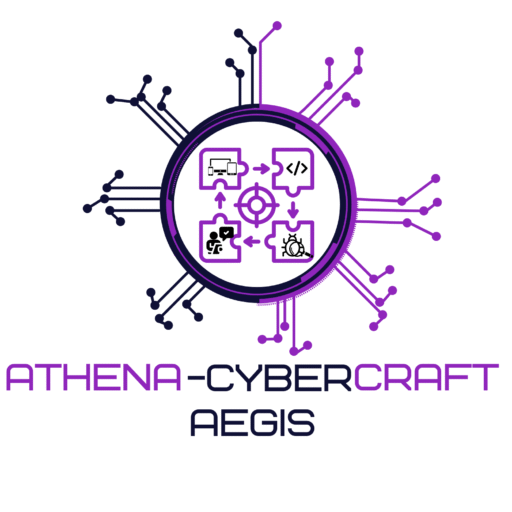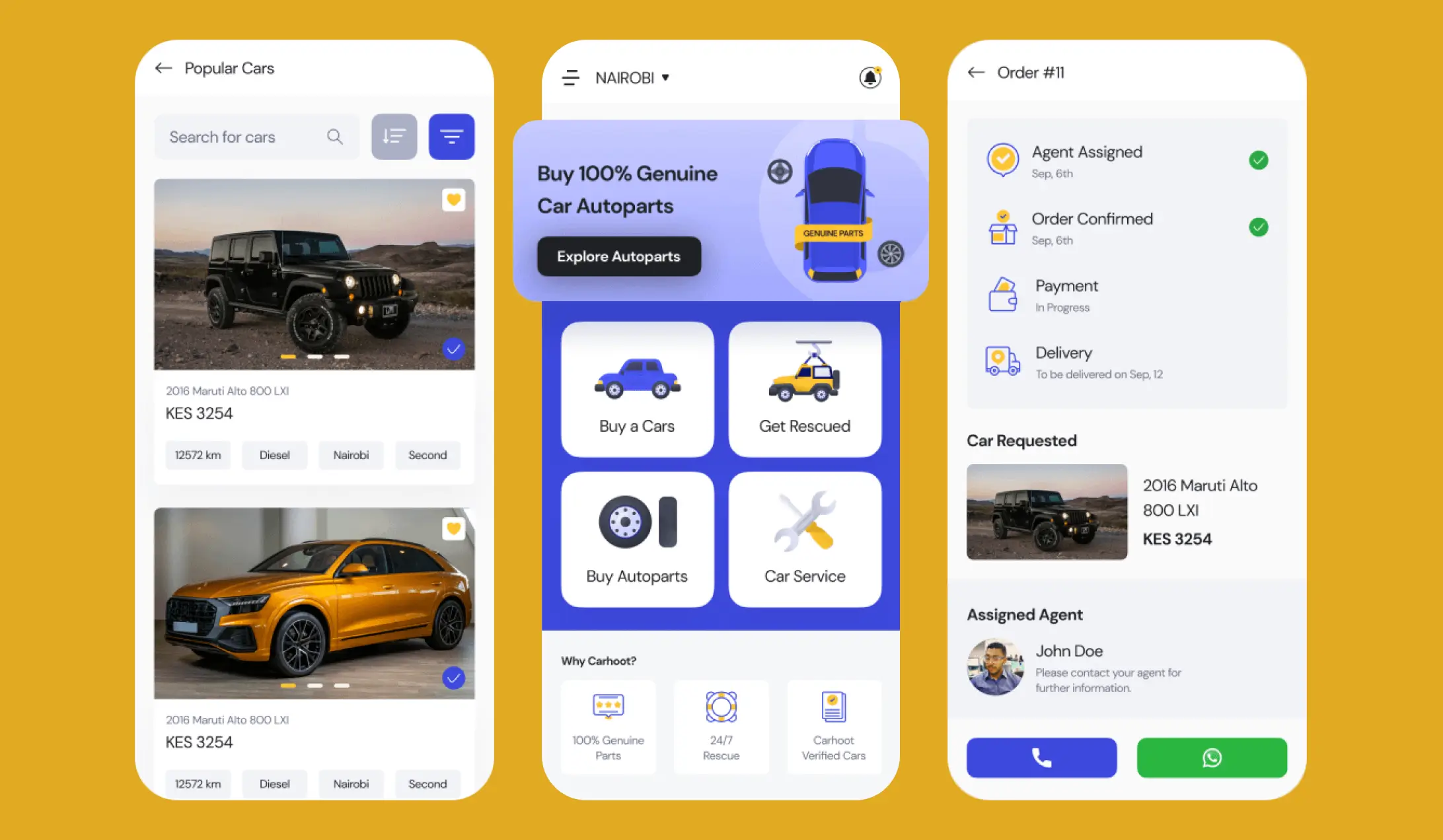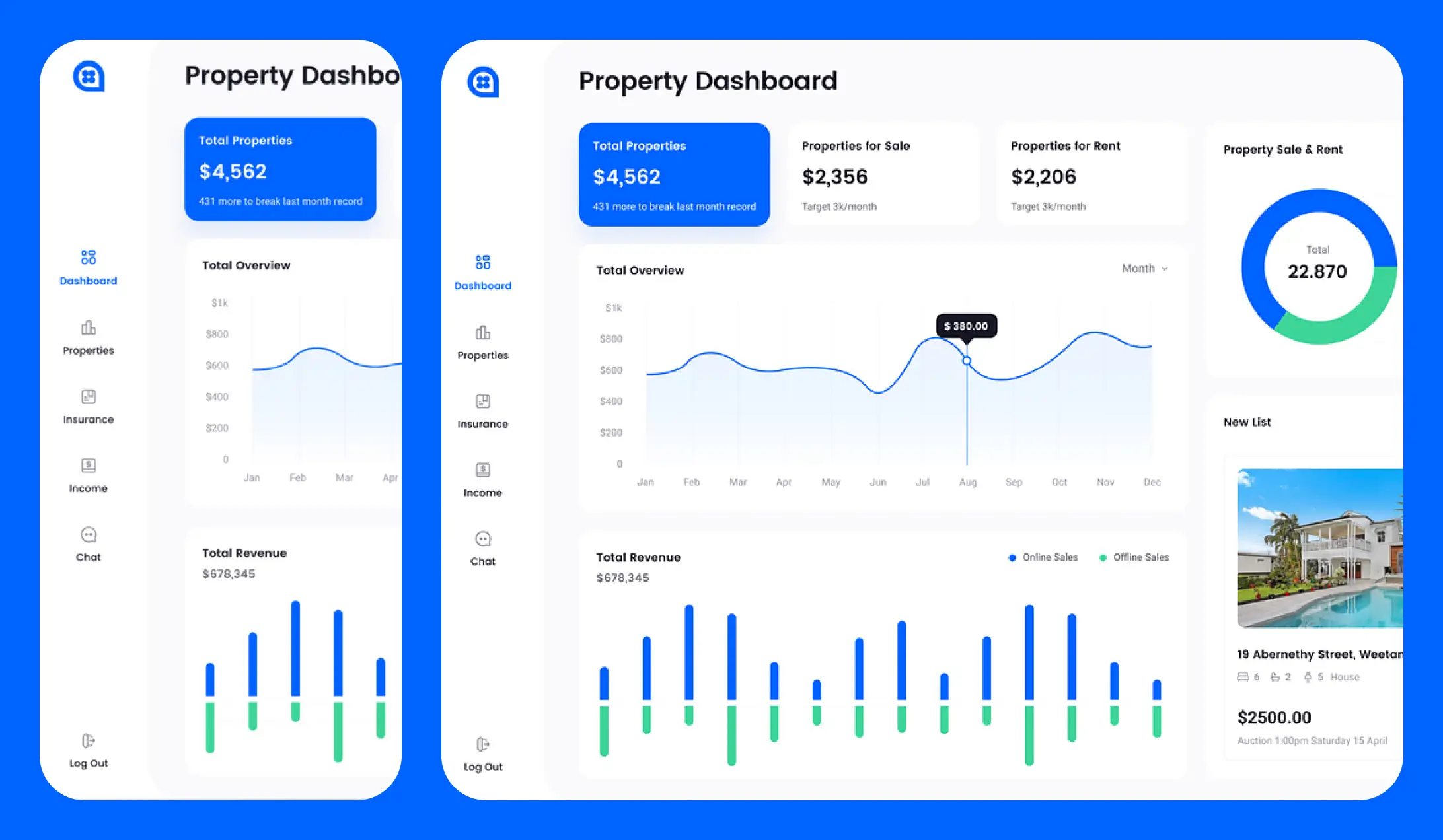API Testing of Reward System

Modernizing Retail Systems: A QA-Driven Migration to Microservices and Cloud-Native Architecture
A retail company modernized its legacy application to improve performance, scalability, and user experience by transitioning to a microservices architecture and cloud-native deployment. Order Management system, queuing service was decommissioning. Migration was for queuing service and RDBMS database to Kafka and Couchbase respectively.
CLIENT CHALLENGES
1. GDPI Compliance: Legacy application needed updates to meet regulatory standards.
2. Performance Issues: Struggled with handling peak loads efficiently.
3. Scalability Limitations: Limited capacity to handle growing user demands.
4. User Experience: Outdated design failed to meet modern standards.
5. Technological Overhaul: Migration to microservices was essential for future growth.
BUSINESS OBJECTIVES
- The migration aimed to: Ensure a seamless transition with minimal downtime
to maintain uninterrupted operations.
- Uphold compliance with ACID principles for consistent and reliable data.
- Achieve scalability and reliability under peak load scenarios.
MIGRATION PHASES
The migration involved several key phases:
- Pre-Migration Planning: Thorough dependency analysis and creation of a detailed cutover strategy.
- API Development and Testing: Crafting and validating RESTful APIs to align with microservices principles.
- Data Migration: Employing ETL (Extract, Transform, Load) processes for seamless data transfer.
- Post-Migration Testing: Comprehensive validation and User Acceptance Testing (UAT).
TESTING APPROACH
The API testing approach focused on:
- Functional Testing: Ensuring CRUD operations across RESTful APIs functioned as expected. Examples include testing POST, GET, PUT, DELETE methods.
- Security Testing: Identifying and addressing vulnerabilities in API tokens, OAuth2, and input validation. This included testing for CSRF, SQL injection, and XSS attacks.
- Reliability Testing: Validating API resiliency under adverse conditions by simulating network latencies and server failures.
- API Documentation Review: Ensuring contract accuracy and up-to-date endpoint specifications by reviewing Swagger documentation.
- Output Validation: Verifying consistency between old and new application outputs to ensure identical results, given unchanged upstream and downstream systems.
- Tool Utilization: Using specialized tools like Postman, JSON Comparator, XML to JSON Converter, Kafka, Couchbase, and Splunk for testing and validation.
SOLUTIONS
The project addressed several challenges:
- API Contract Validation: Ensuring consistency through integration and rigorous schema checks.
- Test Data Management: Generating synthetic data sets and anonymizing production data for realistic testing.
CONCLUSION
Through strategic planning and innovative testing practices, the retail application successfully transitioned to a modern, robust technology stack.



